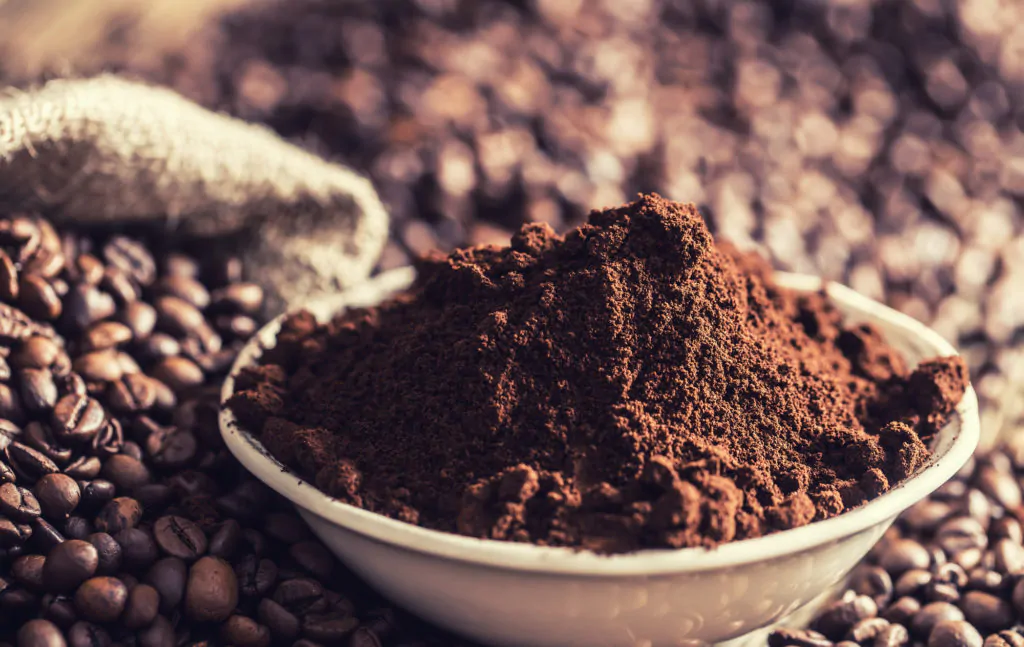How long does coffee go back? How to tell if coffee is rancid? And how long does coffee last? Learn more about the shelf life of coffee below!

If you love the smell of brewed coffee, you probably enjoy fresh coffee every morning. There is something magical about the taste of a fresh cup of coffee. On the other hand, old coffee, stale coffee, and rancid coffee can be frustrating.
If you are a coffee drinker, you want to drink your roasted coffee when it is the freshest. How can you tell if your coffee has gone rancid? How can you avoid drinking expired coffee?
Every type of coffee bean will eventually go bad if not stored, cared for, or treated correctly. In this article, you will learn more about storage containers, oxidation, and other factors that will influence the shelf life of coffee.
Why Does Coffee Go Bad?

As coffee beans decompose, they produce unwanted chemical reactions. This will cause their fresh flavors to spoil, eventually making them rancid.
It is true that you usually do not have to worry about bacteria infecting your coffee beans; however, if you store your coffee in a moist place, mold and mildew can eventually degrade your coffee. At first, the taste of your coffee beans will begin to sour. Then, they will become unsafe to drink. Therefore, you should understand how long your coffee will last.
You might find our explainer on can you drink old coffee helpful.
What Is The Typical Shelf Life Of Coffee?
First, you may be wondering what the typical shelf life of coffee is. These include:
- If you purchase whole beans, try to use them within four weeks of purchasing them. That is when they have the best flavor. It may be safe to consume for a couple of months as long as you store them properly, but the flavor will be gone.
- Ground coffee goes bad faster. It has more surface area exposed to oxygen and carbon dioxide, which can expedite the oxidation process. Try to use them within a few days of opening the container. They may still be safe to consume for a few weeks.
- If you have already brewed your coffee, try to consume it within 12 hours. You can move it to the refrigerator and get a few extra days of life out of it.
Coffee can go bad. It is a good idea to have a general idea for the expiration date of your coffee in the back of your mind.
How Can You Tell If Your Coffee Is Bad?
When your coffee starts to go bad, it will still look the same on the surface. Therefore, the best way to tell if your coffee has gone rancid is to figure out how your coffee smells.
If your coffee is still fresh, you should be able to detect a strong fragrance that reminds you of caramel. Then, as you inhale, you may detect the strong notes of coffee in the back of your nose and mouth.
That is exactly what will begin to degrade as your coffee beans expire. If you detect sour notes that remind you of an ashtray, this is a sign that your coffee beans have probably gone bad. Even though coffee that smells this way is not necessarily going to be bad for you, the flavor of your coffee is going to be off.
If you continue to allow your coffee beans to spoil, they will eventually become unsafe to consume. Therefore, you should remember when you first purchase your coffee beans. The instant you open the coffee bag, they will begin to spoil faster. Try to use them as quickly as possible to enjoy peak flavors.
Storing Coffee At A Coffee Shop

If you do not pay attention to how you store your coffee beans, they will probably go bad faster. If you would like to get as much life out of your coffee beans as possible, you should take a look at what a coffee shop barista does to store coffee when it comes from the roasters.
There are a few key factors to keep in mind. These include:
- Coffee shops tend to keep their coffee in the form of whole beans until they’re ready to make a cup. Whole beans last longer than ground coffee. This also protects the flavor of your drink.
- Coffee shops store their beans in a dark container in a dry place. Light will cause coffee beans to go stale. Moisture can also cause them to spoil faster.
- Coffee shops will also store their coffee beans in a relatively cool location. Heat can cause coffee beans to lose their flavor, making your taste buds upset with your cup of joe.
Finally, coffee shops will never store their beans in a grinder hopper. Even though this may save time in the morning, grinder hoppers are not airtight. Therefore, coffee beans will go bad faster.
Final Word On How To Tell If Coffee Is Rancid
No matter what type of coffee you have in front of you, the best way to tell if it is rancid is to smell it. If it smells sour, bitter, and reminds you of an ashtray, do not consume it. If you would like your coffee to last as long as possible, store it and a dark, airtight, dry, cool location.
That way, you can get as much life out of your coffee as possible. Finally, remember that coffee is always best fresh. Try to consume your coffee as soon as possible after buying it.
FAQs About How To Tell If Coffee Is Rancid
Can you get sick from drinking old coffee?
You can get sick after drinking old coffee. If it is especially old, it can cause you to feel nauseous. If there is any dairy in your coffee, particularly in iced coffee, you can get food poisoning, as dairy spoils quickly.
How long does it take for coffee to go rancid?
If you have already brewed your coffee, try to consume it within 12 hours. You can store it for a few days in the refrigerator.
